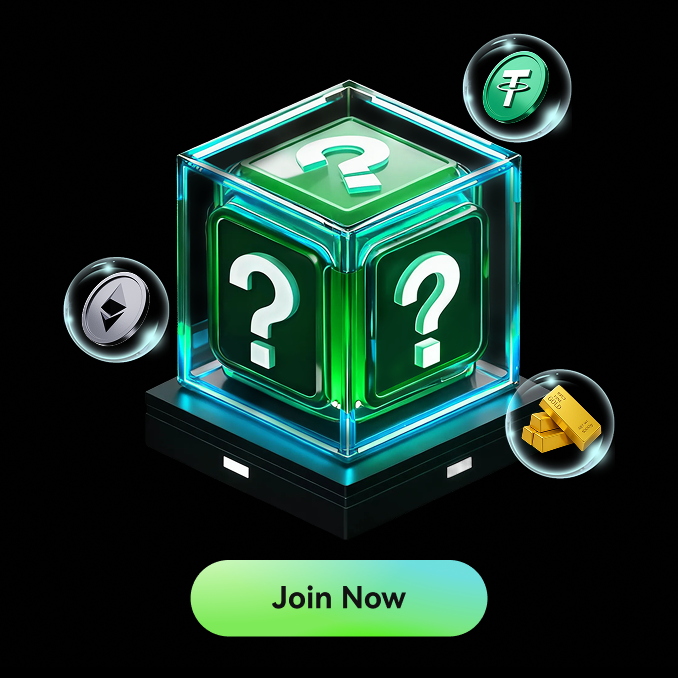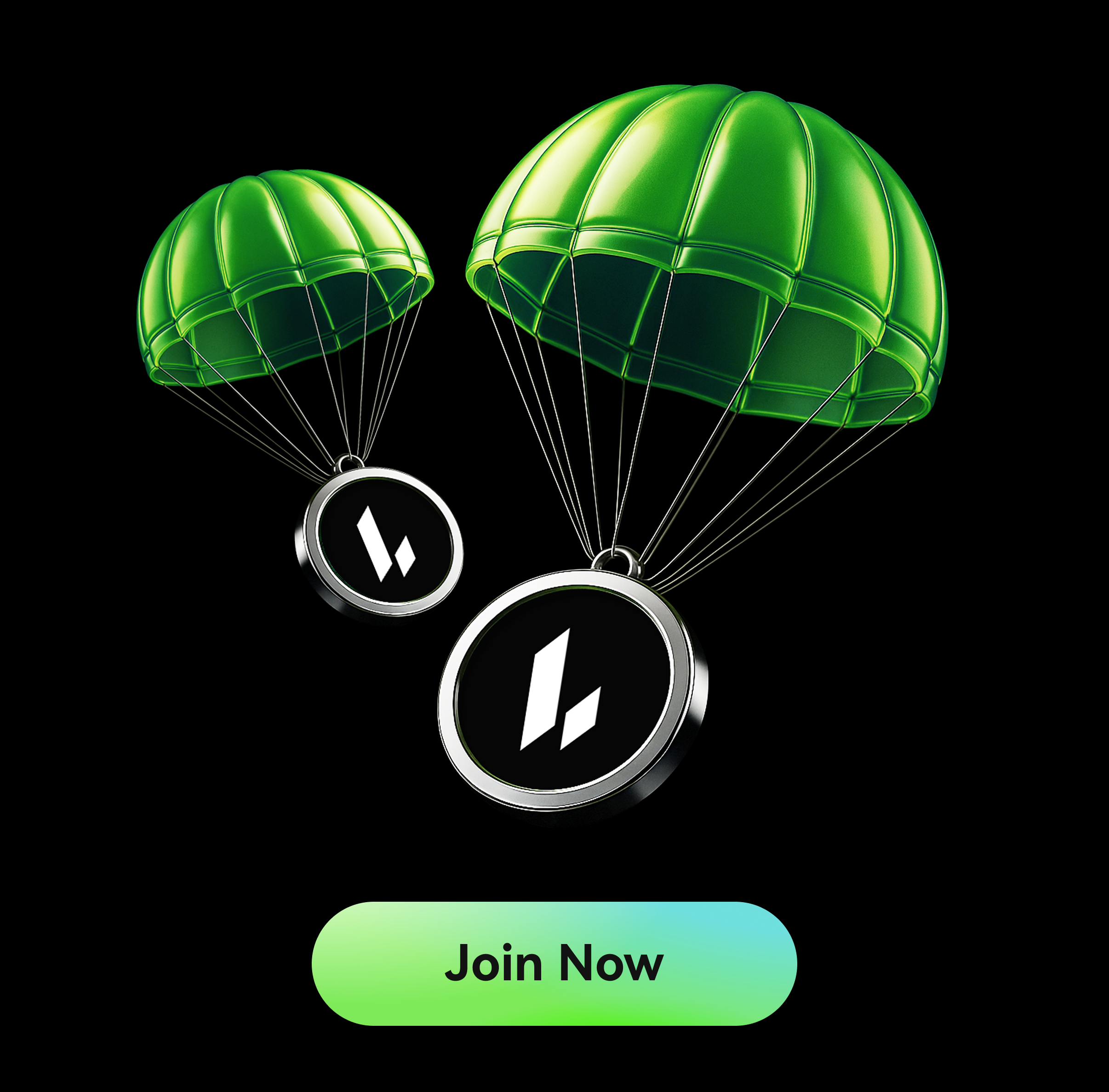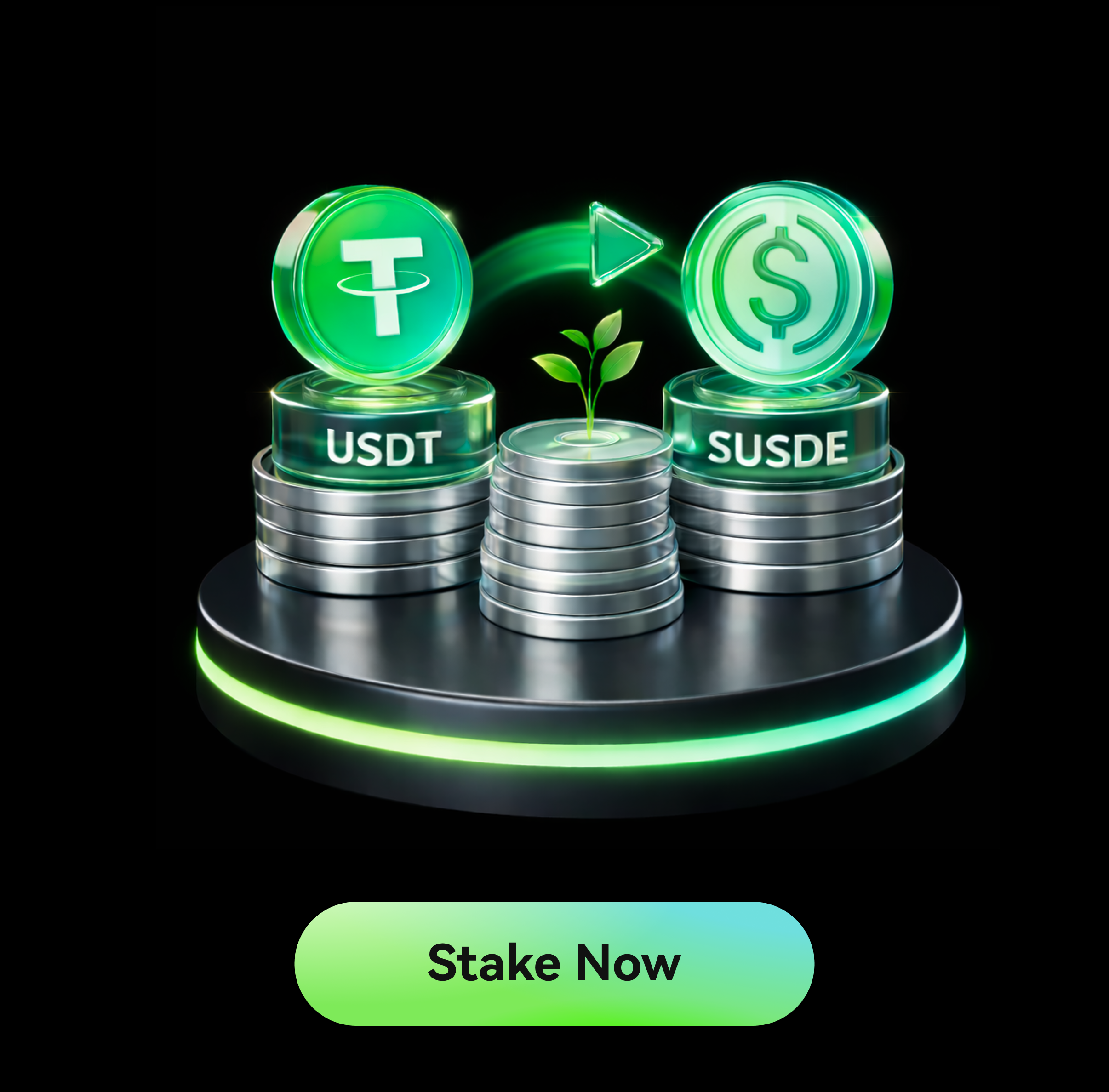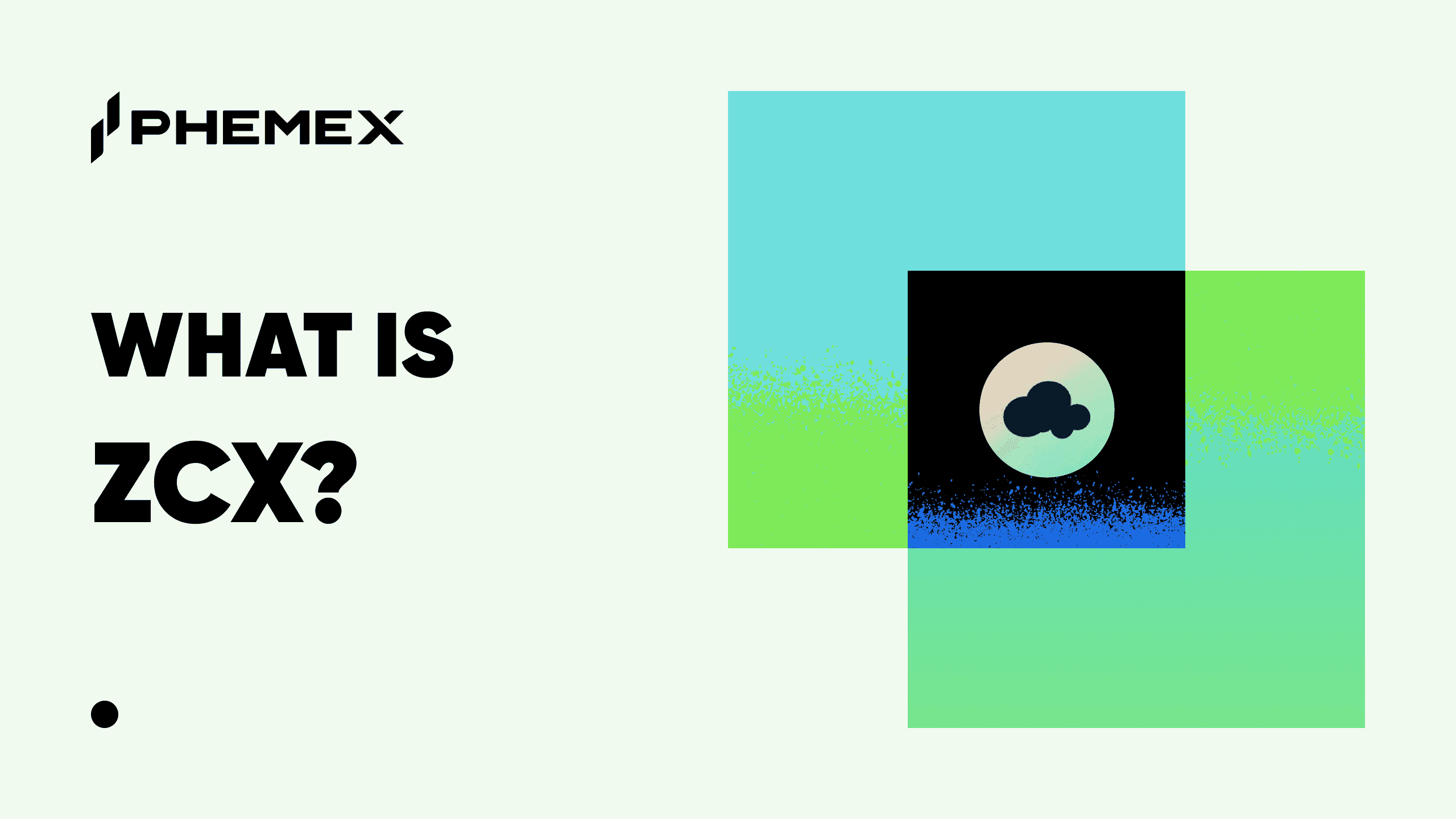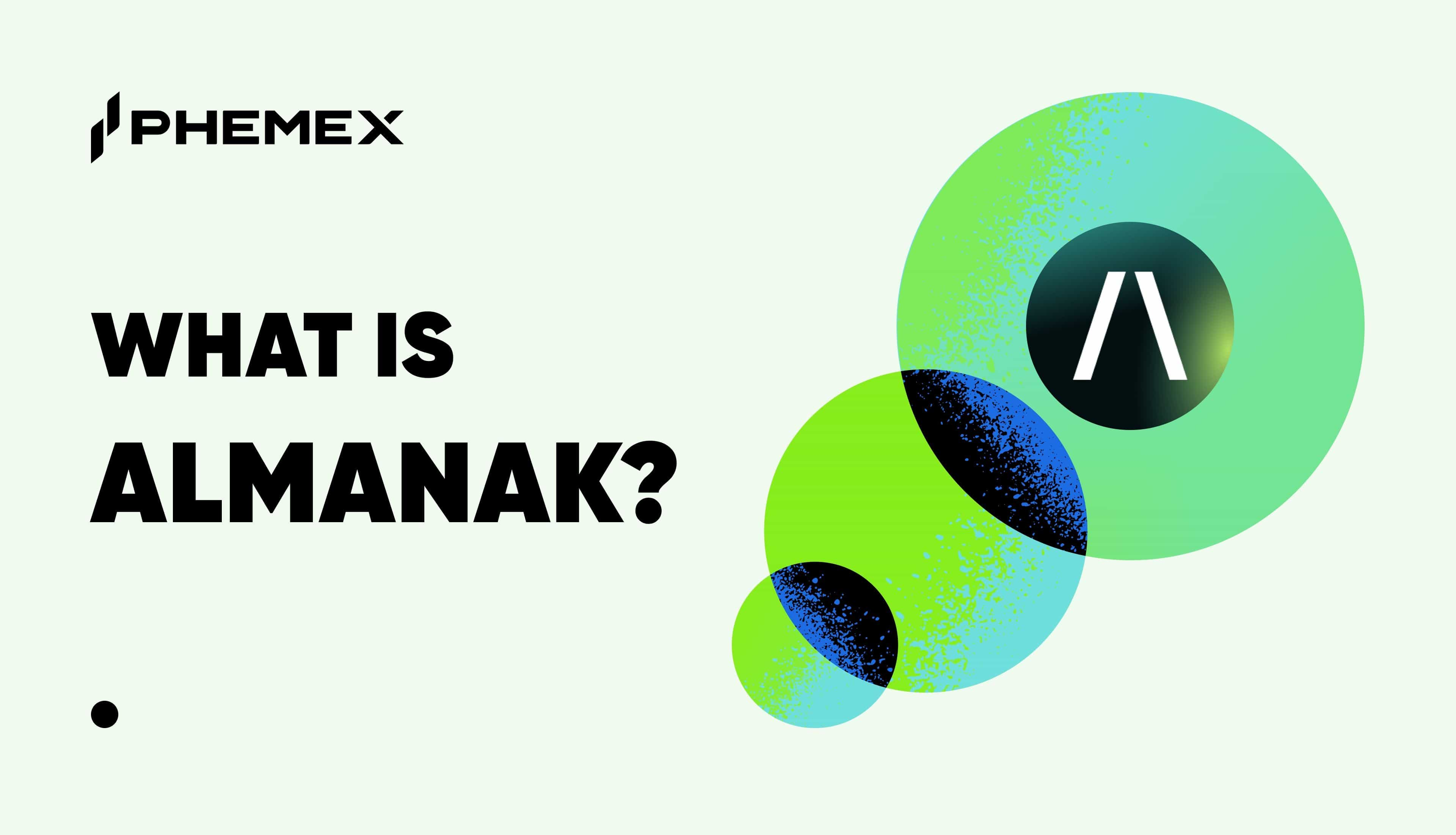Key Takeaways:
-
Overlay Protocol is a decentralized platform that enables users to trade on any predictable data stream without traditional counterparties.
-
The OVL token is used for collateral, governance, and is minted or burned based on a trader's profit and loss.
-
The tokenomics allocate 52.36% to the Community, 39.77% to Founders & Funders, 4.52% to the Overlay Foundation, and 3.36% for Services.
-
Founders, funders, and other insiders are subject to a long-term vesting schedule over 50 months, ensuring alignment with the project's success.
-
The official Token Generation Event (TGE) and product launch are scheduled for August 14th.
The world of decentralized finance (DeFi) is driven by innovation that pushes the boundaries of what's possible. Overlay Protocol (OVL) stands at this frontier, introducing a novel system that allows users to long or short any data stream without needing a counterparty. This approach could unlock trading for a vast array of new and previously illiquid markets. To learn more about groundbreaking DeFi projects, explore Phemex Academy.

Summary Box (Quick Facts)
| Ticker Symbol: | OVL |
| Chain: | BNB Chain |
| Contract Address (BNB): | 0x1F34c87ded863Fe3A3Cd76FAc8adA9608137C8c3 |
| Circulating Supply: | To be determined at TGE. |
| Max Supply: | 88,888,888 |
| Primary Use Case: | Decentralized derivatives trading, collateral, governance. |
| Availability on Phemex: | No (as of writing) |
What Is Overlay Protocol (OVL)?
What is Overlay Protocol? It is a decentralized platform that empowers users to create and trade markets based on any predictable and non-manipulable stream of data. Its core innovation is the elimination of the need for traditional counterparties, such as market makers or liquidity providers. Instead, when you take a position, you are trading directly against the protocol itself.
Overlay Protocol is designed to solve the persistent liquidity problem that affects markets for niche, exotic, or "long-tail" assets. In most trading environments, for every buyer, there must be a seller. Overlay removes this barrier, opening the door to markets on things like NFT collection floor prices, blockchain hashrates, or even real-world data streams. This positions Overlay as a powerful engine for a new generation of derivatives and prediction markets.
How Many OVL Are There? Tokenomics and Vesting
The tokenomics of OVL are structured to ensure long-term growth and align the incentives of all participants, from the core team to the community.
OVL Token Allocation
The total supply of OVL is allocated across four key categories:
-
Community (52.36%): The majority of tokens are reserved for the community. This includes participants in its Fjord Liquidity Bootstrapping Pool (LBP) sale, early supporters (OGs), the governing DAO, and other community-focused initiatives.
-
Founders & Funders (39.77%): This portion is allocated to the core development team and its strategic backers, which include prominent venture capital firms like 1kx, ParaFi Capital, and Polychain Capital.
-
Overlay Foundation (4.52%): These funds are directed to the Overlay Foundation to support the protocol's ongoing development and health.
-
Services (3.36%): This allocation is designated for operational needs such as marketing, exchange listings, and other ecosystem services.
Vesting Schedule
To ensure long-term commitment, Overlay Protocol has implemented a comprehensive vesting schedule that extends over 50 months.
-
Founders & Funders: This group has the longest vesting period, with tokens unlocking gradually over the full 50-month schedule. This includes a significant cliff, meaning no tokens are released for an initial period, which discourages short-term speculation and aligns them with the project's future success.
-
Community, Services, and Foundation: These allocations have shorter vesting schedules, designed to empower the community and fund operations as the protocol grows.
This structured release of tokens is designed to prevent market volatility and foster a stable, sustainable ecosystem.
What Does OVL Do?
The OVL token is the functional backbone of the Overlay Protocol ecosystem. Its core utilities include:
-
Collateral for Trading: To open a long or short position on any market, users must lock OVL tokens as collateral. All profits and losses are calculated and settled in OVL.
-
Mint and Burn Mechanism: OVL's supply is dynamic. When a trader closes a profitable position, the protocol mints new OVL tokens to pay out the profit. Conversely, when a trade is unprofitable, the locked OVL collateral is burned, permanently removing it from circulation.
-
Governance: OVL holders will have the power to participate in the protocol's governance via a Decentralized Autonomous Organization (DAO). This includes voting on proposals for new markets, adjusting protocol fees, and making other critical decisions.
For more information on token utility and "News about OVL," check out the Phemex blog.
OVL vs. Hyperliquid (HYPE)
Comparing Overlay to Hyperliquid, another leading-edge decentralized derivatives exchange, highlights two different approaches to the future of on-chain trading. While Hyperliquid focuses on optimizing the traditional order book model for speed, Overlay reinvents the trading model itself.
| Feature | Overlay Protocol (OVL) | Hyperliquid(HYPE) |
| Technology | An application-layer dApp built on Ethereum. Uses a unique mint-and-burn mechanism for settlement. | A purpose-built Layer-1 blockchain with a fully on-chain order book for perpetuals. |
| Trading Model | Counterparty-free. Users trade against the protocol, which acts as the ultimate counterparty for all positions. | Peer-to-peer. Users trade against each other through a central limit order book (CLOB). |
| Tradable Assets | Designed for any predictable data stream (e.g., NFT floor prices, hashrates, real-world metrics). | Focuses on high-performance perpetuals trading for standard crypto assets (e.g., BTC, ETH, SOL). |
| Liquidity Source | The entire OVL token supply acts as the collective liquidity and counterparty for all trades. | Relies on traditional liquidity from market makers and traders placing orders on the book. |
In summary, Hyperliquid is built for speed and efficiency in established crypto perpetual markets, while Overlay is built for flexibility and expanding the very definition of what can be traded.
The Technology Behind OVL
Overlay Protocol's technology is built to be a resilient and flexible derivatives platform. While initially developed on Ethereum as an ERC-20 token, its architecture is designed for a multi-chain future, as indicated by the presence of a contract address on the BNB Chain as well.
The protocol's key technological innovation is its counterparty-less trading engine. It relies on manipulation-resistant oracles to import data streams, which then serve as the underlying basis for its markets. The mint-and-burn mechanism is the core of its economic model, algorithmically managing the token supply to ensure that all profitable trades can be settled without relying on external liquidity providers. This solves a major obstacle in creating markets for illiquid or novel assets.
Team & Origins
Overlay Protocol was co-founded by Michael Feldman. The project gained significant traction after winning a Chainlink ETHGlobal hackathon, which validated its innovative concept. In March 2021, the team secured $2.21 million in a seed funding round from a group of high-profile investors, including Polychain Capital, ParaFi Capital, 1kx, and others who are included in the "Founders & Funders" token allocation.
Key News & Events
-
January 2025: Overlay Protocol conducted a public sale through a Liquidity Bootstrapping Pool (LBP) on Fjord Foundry, which falls under its "Community" allocation. This event was a key step in distributing the token to early supporters.
-
August 14, 2025 (Upcoming): The official Token Generation Event (TGE) and mainnet product launch are scheduled for this date. This marks the full public release of the OVL token and the trading platform.
-
Exchange Listings: Following the TGE, OVL is expected to be listed on several centralized exchanges, which will provide greater liquidity and accessibility for traders.
You can monitor the "OVL price" on Phemex following its public launch.
Is OVL a Good Investment?
Evaluating whether OVL is a suitable investment requires balancing its significant potential against the inherent risks.
Potential:
-
First-Mover Advantage: The protocol's counterparty-less model is a genuine innovation that opens up a new frontier for derivatives and prediction markets.
-
Strong Backing and Team: With support from top-tier crypto VCs and a dedicated team, the project has a solid foundation.
-
Community-Centric Tokenomics: The large allocation to the community and long-term vesting for insiders are positive signs for sustainable growth.
Risks:
-
Protocol Risk: As a complex DeFi protocol, it could be vulnerable to smart contract bugs or economic exploits.
-
Volatility: The price of OVL will be subject to market volatility. The mint-and-burn mechanism, while innovative, could also influence price dynamics.
-
Regulatory Uncertainty: The global regulatory landscape for DeFi and crypto derivatives is still evolving and could pose future challenges.
Conclusion:
Overlay Protocol offers a unique and compelling vision for the future of decentralized trading. Its success will hinge on widespread adoption, the creation of engaging markets, and its ability to navigate the competitive and ever-changing crypto landscape. The OVL investment potential is directly tied to the platform's ability to deliver on its ambitious goals.
Disclaimer: This article is for informational purposes only and should not be considered financial advice. Crypto trading involves risks; only invest what you can afford to lose.
FAQs
What is the main function of the OVL token?
The OVL token has three main functions: it is used as collateral to open trades, it is minted or burned to settle profits and losses, and it grants holders the right to participate in the protocol's governance.
How is Overlay Protocol different from other decentralized exchanges?
Unlike DEXs that rely on order books or liquidity pools, Overlay allows users to trade directly against the protocol. This removes the need for a counterparty and solves the liquidity problem for niche and exotic assets.
What is the vesting schedule for the Overlay team and investors?
The founders, team, and early funders have their OVL tokens locked in a long-term vesting schedule that releases tokens gradually over a period of 50 months. This ensures they are committed to the project's long-term success.
